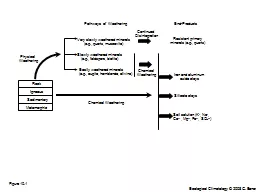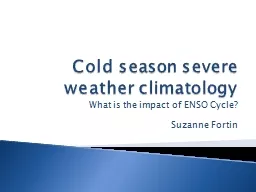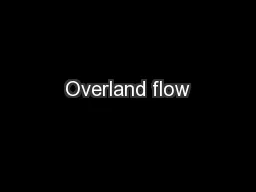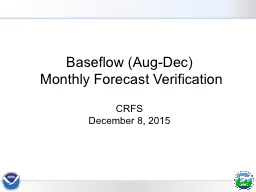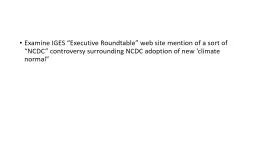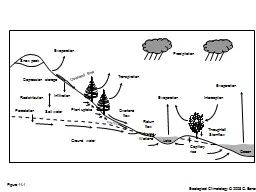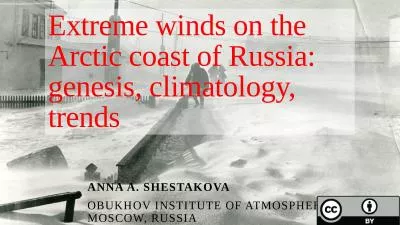PPT-A Climatology of Polygon Warnings in New England
Author : celsa-spraggs | Published Date : 2016-08-10
Chris Kimble NWS Gray ME Purpose Use GIS software to map a climatology of severe weather Where are the severe weather hot spots First in GYX Forecast Area Expanded
Presentation Embed Code
Download Presentation
Download Presentation The PPT/PDF document "A Climatology of Polygon Warnings in New..." is the property of its rightful owner. Permission is granted to download and print the materials on this website for personal, non-commercial use only, and to display it on your personal computer provided you do not modify the materials and that you retain all copyright notices contained in the materials. By downloading content from our website, you accept the terms of this agreement.
A Climatology of Polygon Warnings in New England: Transcript
Download Rules Of Document
"A Climatology of Polygon Warnings in New England"The content belongs to its owner. You may download and print it for personal use, without modification, and keep all copyright notices. By downloading, you agree to these terms.
Related Documents


